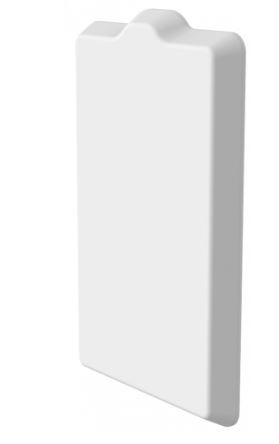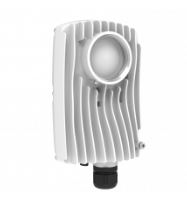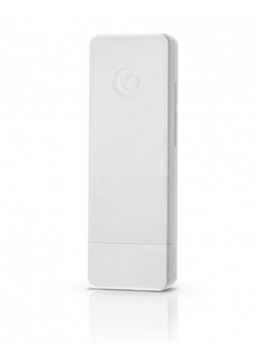What does more spectrum in the lower 6GHz band mean for your business?
- Latest News
- 4 likes
- 2833 views
- 0 comments
On the 23rd of May 2023, ICASA made the announcement and published the amendment to Annexure B of Radio Frequency Spectrum regulation, 2015 in respect of Radio Frequency spectrum license exemptions. Effectively, opening the lower 6Ghz spectrum band for the provision of Wi-Fi services. This band refers to the frequency range of 5925 – 6425MHz. This range cover Radio Local Access Networks (RLAN/Wi-Fi) Application.
The information on the amendment makes provision for the following:
- 23dB EIRP (Equivalent Isotropic Radiated Power) - Low Power Indoor use only and
- 14dB EIRP – very low power Indoor and Outdoor
What does this mean for you as a service provider?
The allocation of spectrum in the lower 6GHz band means that Wi-Fi service providers and Network Administrators can make use of this additional spectrum in areas where there are already high levels of interference. This also allows for larger channel width in Wi-Fi to boost performance on existing access points that support this frequency range.
For outdoor wireless applications, the limit of EIRP, which is a combination of the Radio’s Output power and Antenna gain, means that output power will be limited.
Let’s use Mimosa’s A6, PtMP Access Point and the C6x devices as CPEs. The Access Point has an integrated antenna gain of 16dBi, which means the maximum output power will be limited to –2dBm. Using a frequency of 5945MHz as the center frequency over a 40Mhz channel bandwidth, and a link distance of about 2km would undergo FSPL of about 90dB. The RSSI for a station using C6x with 8dBi antenna would be around –67dB. This is not considered a bad receive signal strength, however, will not be enough for the CPE to maintain the larger 1024-QAM modulation.
Our recommendation would then be to use this frequency range for shorter PtMP applications, or alternatively, to increase the antenna size used with the CPE devices to 25dBi. Yes, this will limit the output power with which the transmission can be sent back to the access point, but because of the higher antenna gain, you will see a remarkable improvement on the RSSI on both ends of the link.
*Note that these calculations and values are based on theoretical assumptions and do not include real world data such as obstructions and or interference. It is still highly recommended to use the Mimosa link planning tool as well as do a site inspection to check for clear line of sight.
According to WAPA EXCO, Paul Colmer, the next step is to enable the use of the 6E bandwidth over standard power for outdoor wireless transmission, so that Wireless Internet Services providers can increase speed and bandwidth of their broadcast services.
“Enabling 6E outdoor will require the creation of Automatic Frequency Coordination (AFC) databases, which are used to automatically prevent interference between long-range broadcast equipment for new and existing users, which in the 6E band are primarily satellite services” Colmer says.
We already have devices in stock that will support this new spectrum, especially in indoor Wi-Fi applications and vendors will also be releasing updates through firmware to accommodate or allow the new frequency for their devices.
We are excited to see what the future will hold for the newly announced spectrum and believe this is a massive leap forward in connecting communities.
Get in touch with us for more information or purchase your 6E devices directly from miro.co.za





Comments
View Comments